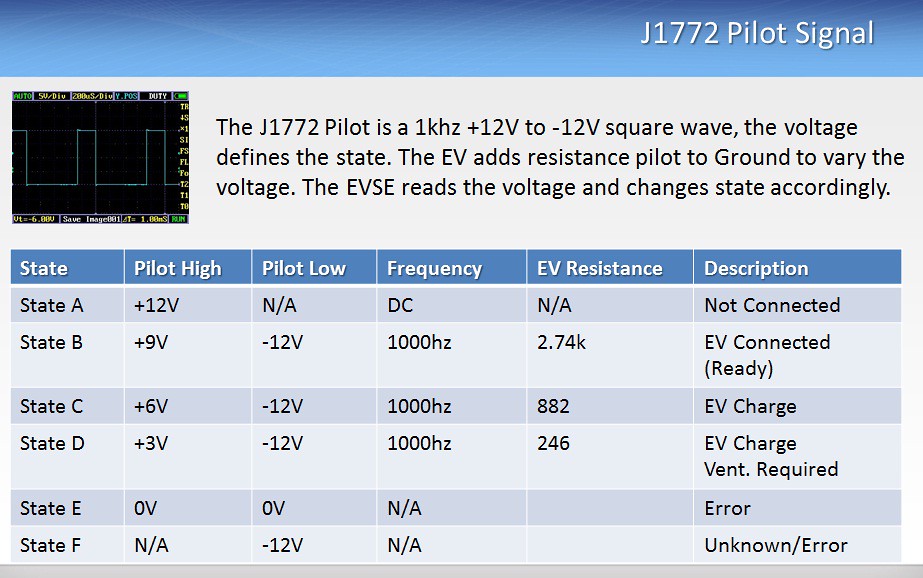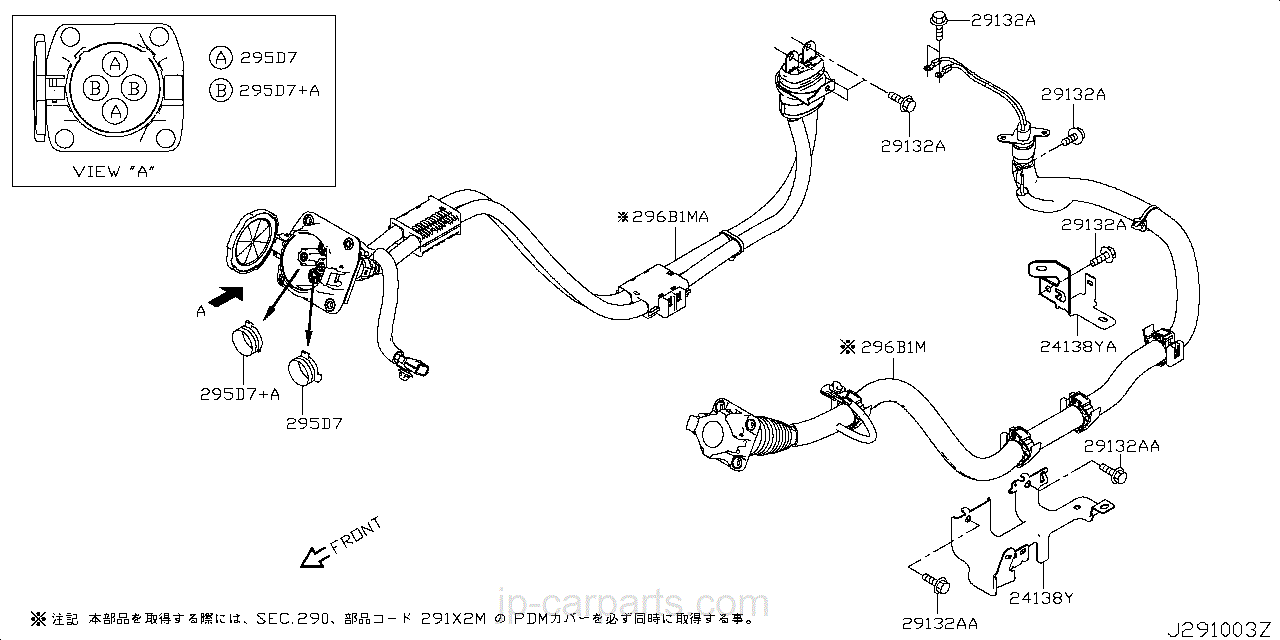2k1Toaster
Well-known member
- Joined
- Nov 18, 2013
- Messages
- 506
Hello all,
My 2013 Leaf won't charge on the Chargepoint chargers around here. It will charge on the included L1 EVSE, the AV/Nissan L2 EVSE's, and of course the CHAdeMO port. But as of today the Chargepoint charger I was using now will not charge the car.
When I plug it in, I get the 3 blue lights on the dash to blink together 3 times, beep-beep-beep, then a pause, then beep-beep-beep, pause until I unplug the J1772 handle. Now I know this normally means that the J1772 handle trigger is depressed or not fully mated. However that is not the problem.
Today while charging with an L1 EVSE in a public place I had the AUTO lock function on and it had the J1772 handle locked. Came back to the car with the L1 5-15P out of the wall, EVSE still connected to the car. I am assuming they tried to remove the locked J1772 and failed so just unplugged at the wall. But now, I can't charge.
I specifically tested the AV/Nissan L2 EVSE because they don't do the diode test and they do seem to work. So is this a diode failure? Since I can charge with the other chargers and it is not just completely dead, I am guessing if it is the diode problem, it is shorted and not blown open meaning I can splice in an inline diode and be OK. Electronics are not a problem. Does anyone know if the 2013's have this ailment like the 2011 and 2012's? I would have hoped Nissan had fixed this weak diode by now, but maybe not.
So this is what I was thinking and just thought I'd do it to test. Got the plastic covering off from in the "engine bay", got the plastic cover removed from around the charge ports, but then my Leaf doesn't look like any of the Leafs in the videos or pictures for people doing this. My J1772 port has socket nuts exposed and it seems like if I were to remove them there would be 4 threaded posts exposed. I also don't see an orange HV cable to unplug, even though one goes to the socket. The LED light and stuff on the backside takes up some room. Are there instructions for getting access to the wire I need in a 2013? I'd rather not just poke and prod until I figure it out if there's already a guide.
Thanks!
My 2013 Leaf won't charge on the Chargepoint chargers around here. It will charge on the included L1 EVSE, the AV/Nissan L2 EVSE's, and of course the CHAdeMO port. But as of today the Chargepoint charger I was using now will not charge the car.
When I plug it in, I get the 3 blue lights on the dash to blink together 3 times, beep-beep-beep, then a pause, then beep-beep-beep, pause until I unplug the J1772 handle. Now I know this normally means that the J1772 handle trigger is depressed or not fully mated. However that is not the problem.
Today while charging with an L1 EVSE in a public place I had the AUTO lock function on and it had the J1772 handle locked. Came back to the car with the L1 5-15P out of the wall, EVSE still connected to the car. I am assuming they tried to remove the locked J1772 and failed so just unplugged at the wall. But now, I can't charge.
I specifically tested the AV/Nissan L2 EVSE because they don't do the diode test and they do seem to work. So is this a diode failure? Since I can charge with the other chargers and it is not just completely dead, I am guessing if it is the diode problem, it is shorted and not blown open meaning I can splice in an inline diode and be OK. Electronics are not a problem. Does anyone know if the 2013's have this ailment like the 2011 and 2012's? I would have hoped Nissan had fixed this weak diode by now, but maybe not.
So this is what I was thinking and just thought I'd do it to test. Got the plastic covering off from in the "engine bay", got the plastic cover removed from around the charge ports, but then my Leaf doesn't look like any of the Leafs in the videos or pictures for people doing this. My J1772 port has socket nuts exposed and it seems like if I were to remove them there would be 4 threaded posts exposed. I also don't see an orange HV cable to unplug, even though one goes to the socket. The LED light and stuff on the backside takes up some room. Are there instructions for getting access to the wire I need in a 2013? I'd rather not just poke and prod until I figure it out if there's already a guide.
Thanks!



